I still can’t get enough of shooting wide aspect ratios. I already covered my cheapish take on film wide aspect shooting in several articles here and here. Today, I’ll be talking about digital photography and something that happened as sort of as a lucky accident – discovering and shooting the Moment Anamorphic lens for my iPhone
Let’s start from beginning. At some point in my photography hobby I got tired of over-complicated digital cameras and got rid of my Sony A7RII – this left me as an exclusive film-shooter. To cover my snapshot and “no light” shooting I upgraded my iPhone to 11 PRO a model with three lenses: an ultra-wide, normal and telephoto.
I thought that life would be simpler… And it was until I started to find the shortcomings of low light shooting with the ultra-wide lens. You see, it’s not as good as the main camera. So I began to investigate add-on lenses for mobile phone cameras and learned about anamorphic lenses for smartphones. One of those lenses is the Moment Anamorphic lens.
Anamorphic lenses are made primarily for video work, but they suits still shooting as well. Such types of lenses give more than just wider and horizontally cropped view – there is a very good explanation what such lenses do and how they perform from creators of this lens themselves here, so I won’t go into deep explanation in this article, I’m just going summarize the main aspects that you might need to know and will jump to experience of shooting this lens, joys and issues that I faced.
Important note! Take this article as being about the fun of using anamorphic lens. Please don’t judge overall image quality here as I heavily post-processed all photos and that in some cases degraded IQ too.
Main things that you get from a Moment Anamorphic
– You get more of the scene from same picture taking point with no real cropping, and entire sensor of your phone camera is used. At the same time you get slight horizontal crop. Sounds weird? It happens not because part of sensor captured image is cropped, but because part of it is optically converted to expand the horizontal view.
– Centre of your frame gets modest horizontal lens distortion.
– You get a bit of horizontal lens flare (in case you have strong source of direct light in your picture).
The search for a wide-angle iPhone lens
Now let me get back to story about ditching digital Sony and my search of wide-angle lens for the iPhone’s main camera. I studied wide angle lenses and decided they won’t give me anything substantial, then I studied the Moment Anamorphic lens with more interest as it appeared that it gives something more special to iPhone’s photos, but at the cost of 150 USD rejected idea about purchasing it.
Let’s now skip almost two years and get to moment when I saw a Moment Anamorphic for sale in local secondhand advertisement for 1/3 of original price. I’m just another weak human, I couldn’t resist. The evil internet spying algorithms tricked me into Hello-Moment-Anamorphic-lucky-accident.
Shooting the Moment Anamorphic
To start shooting this lens I needed a dedicated Moment lens mount. This was no problem as I already use protective phone case for the Moment lens system as I already have the Moment Macro lens. I also needed the Moment camera app which is essential. If you mount the Moment Anamorphic and use the native photo app, your photos will be optically squeezed. The app desqueezes image in real time making framing a lot more easy.
The first evening, I got the Moment Anamorphic in my hands, I immediately rushed shooting into the cold, dark and foggy Vilnius city streets (you can spend a second here acknowledging my bravery and dedication).
Shooting the Moment Anamorphic is simple, fun and compelling. What I especially dig about the experience is that I found I got very different point of view to usual even when pointing the camera at things that I’m used to seeing every day. The first set of images was taken during 2 hours walk around area where I live. I made a ton of pictures which is unusual as frequent sights had become boring.

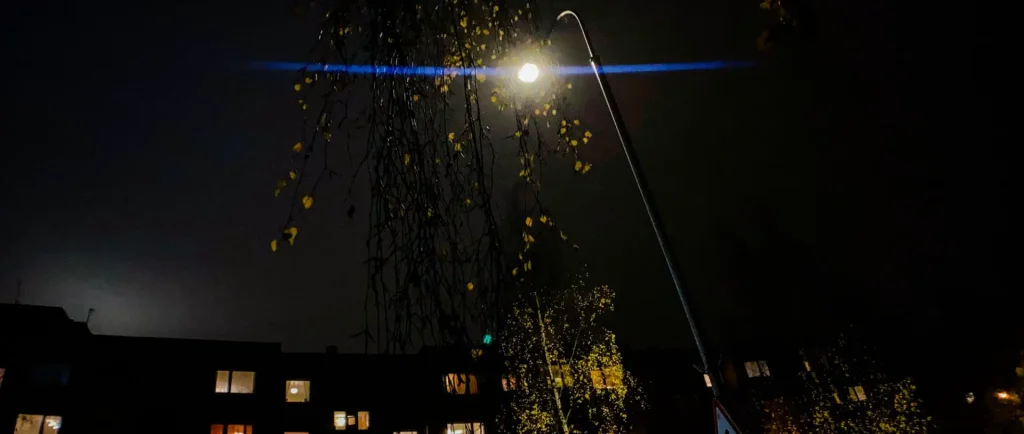
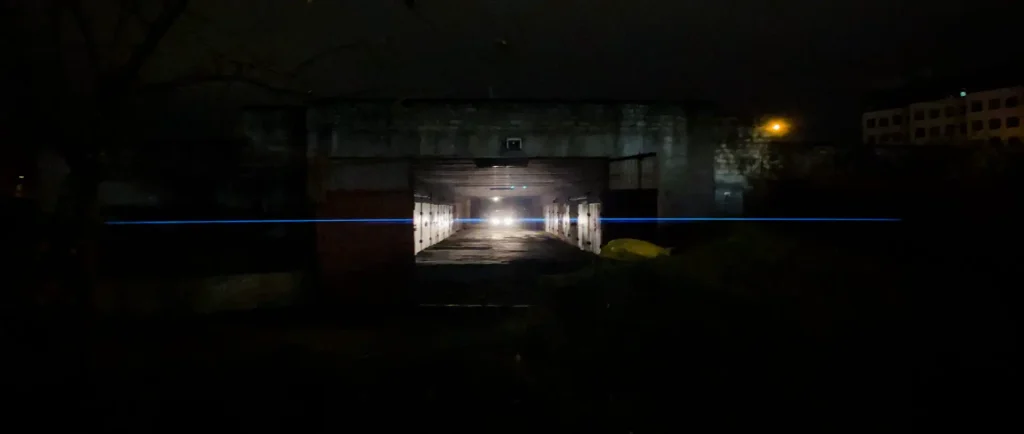

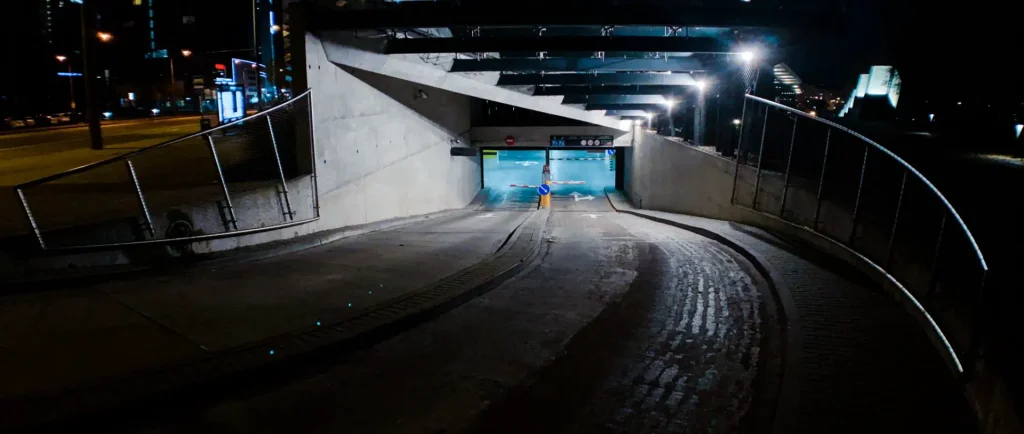
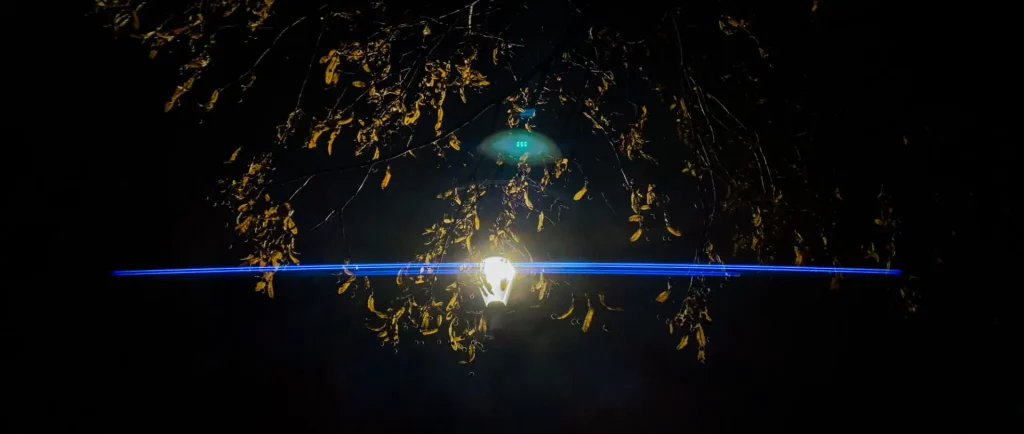
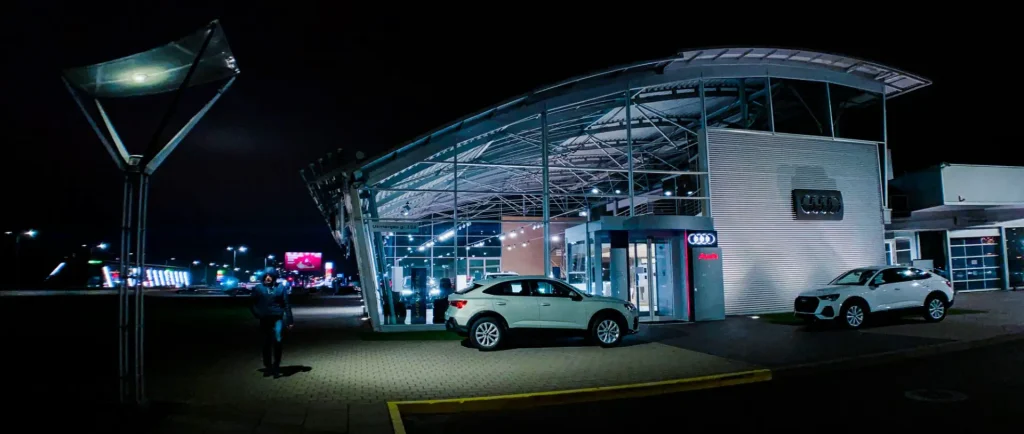
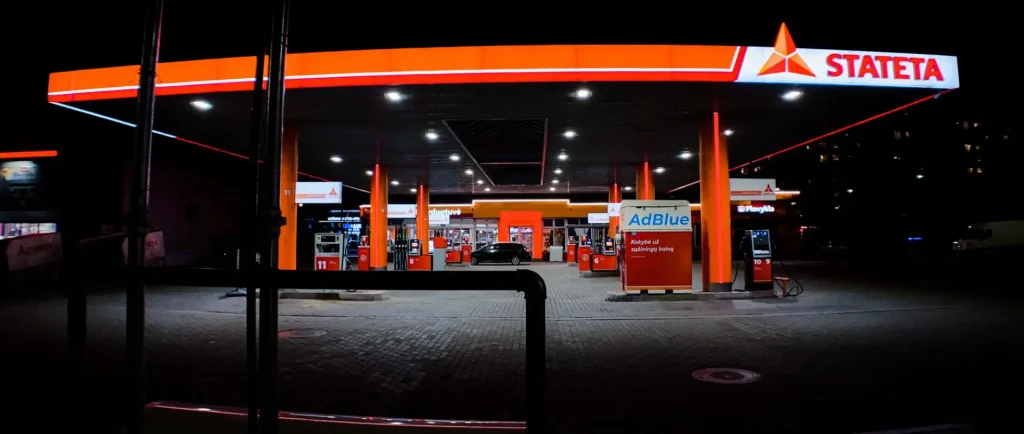

What I noticed after my first shoot–out was that this “cinema lens flare” thing is not that easily achieved. There needs to be strong and direct light source in frame to provoke it. Second, obviously, let’s not look for high IQ here – we are dealing with no light situations and a phone camera. Add-on lens or no add-on lens such light levels provoke small sensors to show their limitations.
I tried to make a few low light shots from tripod mounted phone other evening, but unlucky for me it started raining and I found out another issue – this lens is very sensitive to any droplets on the glass… though, on the other hand those droplets made quite nice effect…

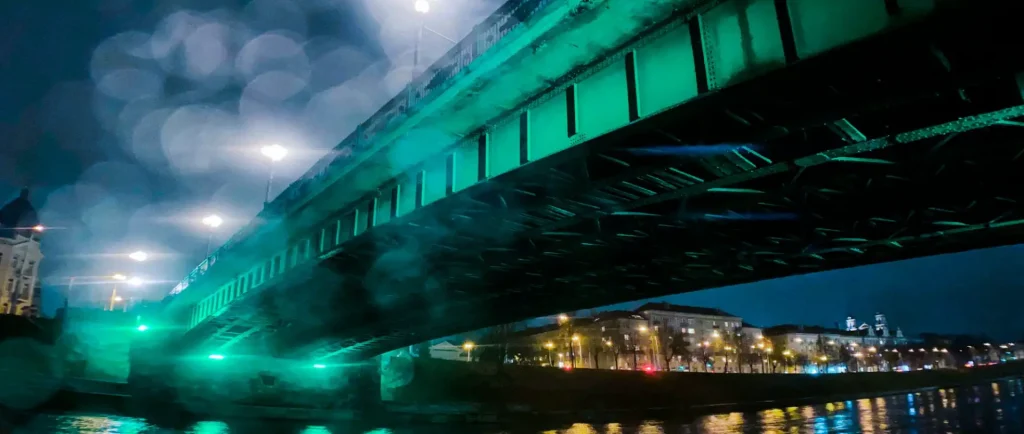
When I look at all frames above, I start to question if someone looking at them could start to think that the Moment anamorphic lens would seriously degrade the iPhones IQ. Therefore, I’d like to give you some examples of photos taken in normal daylight.
The amount of light changes the situation drastically and IQ becomes almost as good as the main camera is by itself. I’d say that there is a small amount of quality loss, but it’s insignificant. However, I have few remarks that I learned during daylight shooting:
– Image quality degrades on close focus shots.
– Autofocus with the Moment Anamorphic lens is not the same as without the lens. This issue increases with close focus situations. Focus is slower, it haunts and sometimes misses.
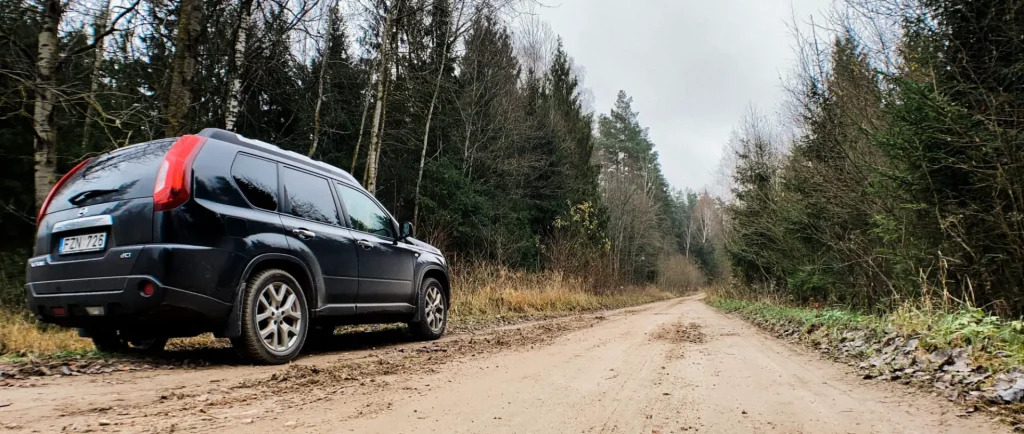


As I mentioned at the start of this write up, the iPhone 11 pro has three cameras, so I was curious to know how anamorphic works with other lenses. One thing is clear – it doesn’t work with ultrawide… It’s too wide. Even the creators of this lens say that the wide will “see” barrel of anamorphic and they even don’t include mount on their phone case. Case closed.
The tele lens is another story though. I made some quite interesting creative opportunities with it – some of the photos I have included below. I’ll note several things on this set too:
– IQ is a bit worse than on wide lens, but on the other hand native tele lens itself is a bit lover specified then standard one.
– Autofocus with tele works worse than with standard (there are several pictures in this set where camera focused on background instead of subject).
– Close focus IQ issue is here as well…
I added some pictures of the same scenes from my film camera here just for fun. All of them were shot on Pentax MZ-3 in panorama mode with Pentax 77mm Limited lens with Kodak Tri-X400

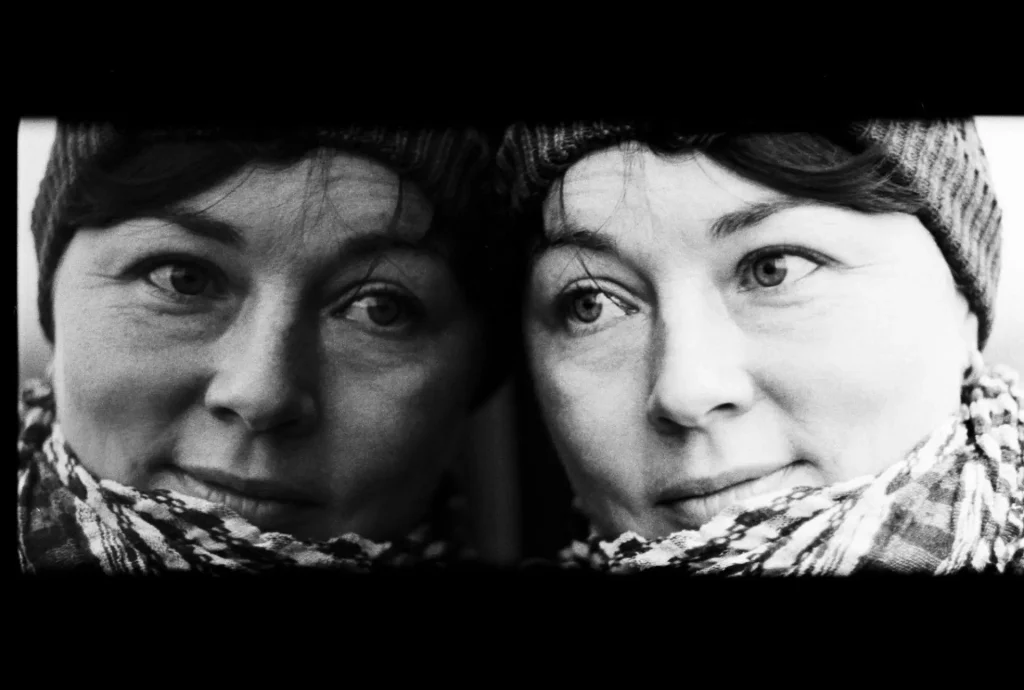

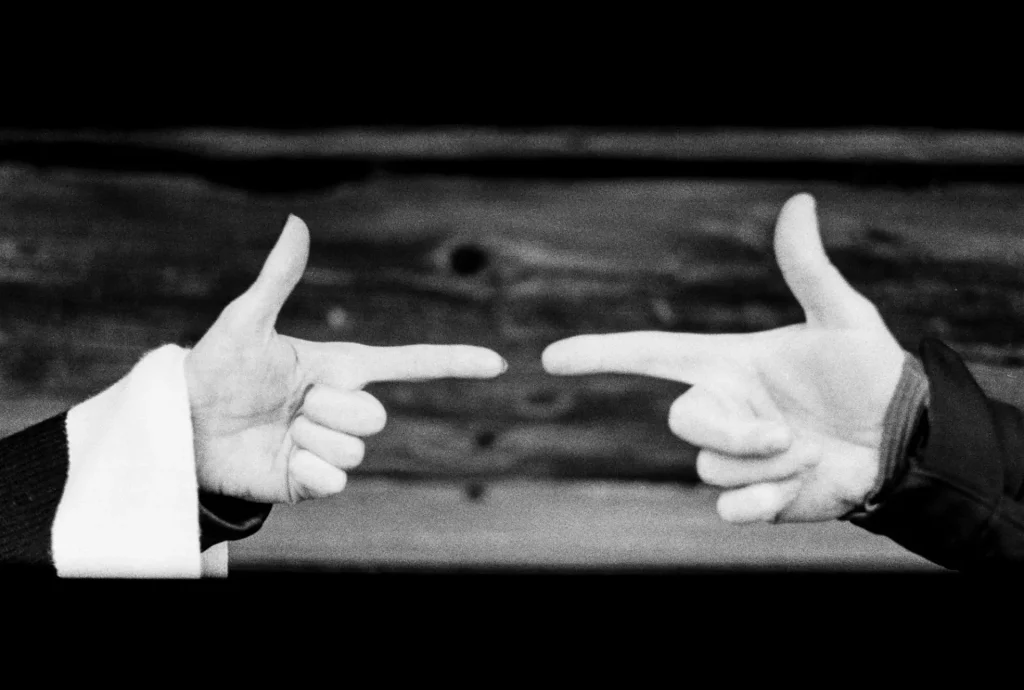



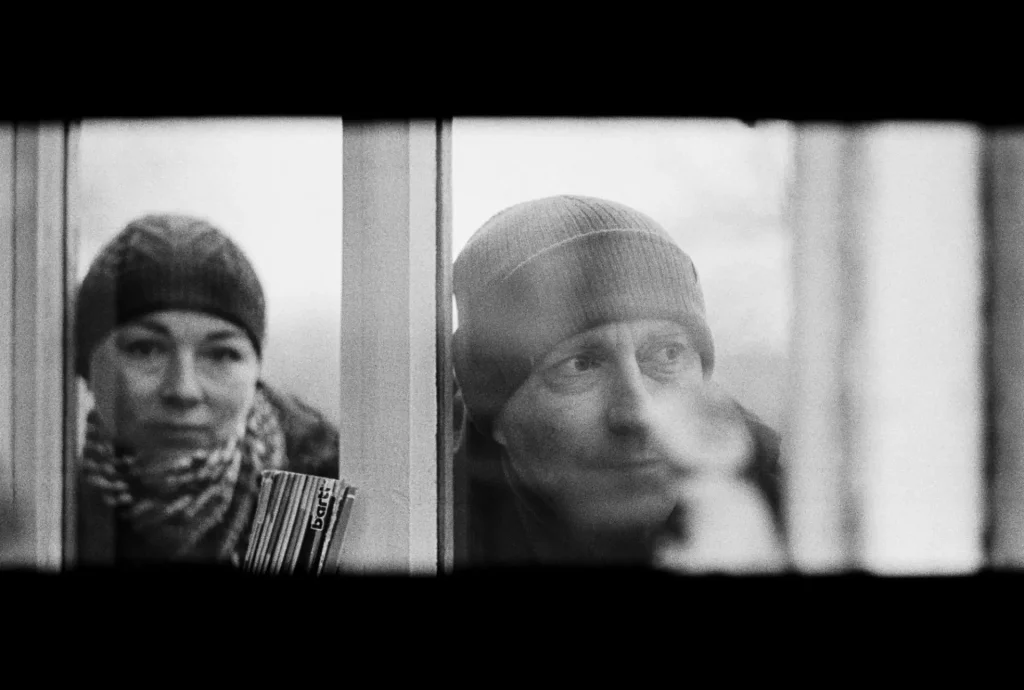
To sum up…
To sum things up I can say this:
Using the Moment Anamorphic for stills is fun and inspiring, but challenging and the experience of composing in wide aspect on relatively big phone screen is a pleasure. The Moment Anamorphic lens is a high-quality piece of gear. As long as you don’t set your expectations as high as the sort of images you might get out of a “proper” camera, I expect most will be very happy with the results from the Moment Anamorphic lens
Hope you enjoyed my ramblings. Have fun and be safe!
Aivaras
www.beautifulgrain.com
Share this post:









Comments
AJ on Moment Anamorphic Lens Review – Another take on Shooting Wide – By Aivaras
Comment posted: 24/12/2020
Comment posted: 24/12/2020
Holly Gilman on Moment Anamorphic Lens Review – Another take on Shooting Wide – By Aivaras
Comment posted: 24/12/2020
Comment posted: 24/12/2020
Brian Nicholls on Moment Anamorphic Lens Review – Another take on Shooting Wide – By Aivaras
Comment posted: 25/12/2020
Comment posted: 25/12/2020
Comment posted: 25/12/2020